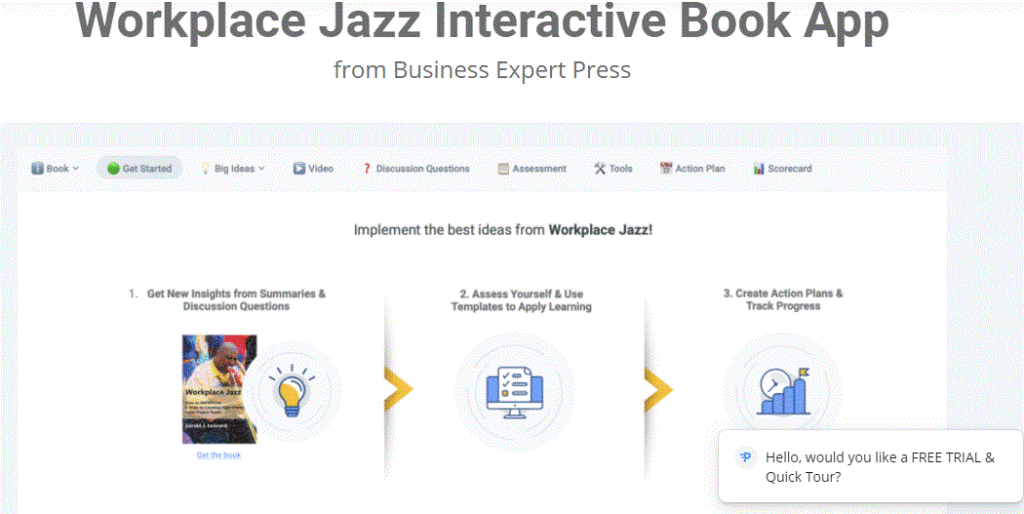For companies to create a healthy culture, they must have good leadership. When good leaders are in charge, they hire the right people to form high performing teams. Companies with teams that perform well achieve top results. Here’s how to build a high performance team through a healthy workplace culture.
1. Establish a Clear Vision
Teams that perform at a high level know what their goals are and what they want to achieve. They have:
• Focus
• A particular set of priorities
• Purpose
High performing teams set goals for individual members and the team as a whole. These goals support the company’s mission statement and vision to ensure that their work drives success. As a project manager, you can create a high performing team by making sure that goals are aligned and clearly expressed.
Developing high performing teams requires project managers to understand how people operate at a biological level. The popular saying “There’s no I in team” is essentially wrong. Every person comes with his or her own thoughts, ideas, perspectives and skills. These attributes impact how a team operates.
2. Know Your Company’s Core Values
How to build a high performance team? Know your company’s core values. An organization’s principal values reveal its heart. When you know and honor your company’s core values, you’ll be able to support its mission. Popular core values include:
• Collaboration
• Integrity
• Trust
• Respect
A healthy company culture considers and continuously embraces its values during every interaction. On your part, it’s important to demonstrate them during meetings, when holding one-on-one sessions and in written communication.
These days, technology has made it possible for you to work with your team virtually. While this is convenient, keep in mind that the human brain is meant for in person interactions. The brain reads another person’s meaning and intentions by noticing tiny changes in their body, face and even pheromones. This information is lost when you communicate with them using technology. Even if you’re using a video, you won’t be able to pick up on everything that you would in person.
If the current state of the world has you and your team still working from home, try to connect with them in person occasionally. Meet up for lunch, dinner or coffee to touch base and support team relationships.
3. Be a Leader Who Adds Value
When leaders serve those on their team as well as their company’s customers, they add value. As a leader, be sure to appreciate the talents of those you work with. Encourage your team and make sure that they’re okay. Leaders who genuinely care for their employees support a healthy work culture.
A leader who pays attention to and knows about the personal lives of others will be able to connect with people on a deeper, more powerful level. Not only will this leadership quality impact how your employees see you and how they work with one another, but it also allows you to connect better with your colleagues.
Add value to your team by asking members how things are going at home. If you know that they went on vacation recently or that someone in their family has been ill, then ask them about it. When you show an interest in people, you can build a connection with them that often extends to how well they perform their work tasks.
When you make an employee feel appreciated for completing a work task, it triggers neurotransmitters in the brain and releases dopamine. The release of dopamine floods the body with a feeling of pleasure. Over time, people start to connect the work task with the feeling of pleasure.
4. Listen to Your Staff and Colleagues
You’ll do your part to support a healthy work culture by being a leader who listens. Good leaders offer resources to their workers. They also give them a voice. When leaders turn to fear and threats to push their staff to work better or harder, they usually end up increasing employee turnover and causing the company to spend more to hire and train new employees.
Effective leaders embrace active listening. This means paying attention to what another person is saying to you and responding with phrases that let them know you are hearing them. For instance, you could respond with something like, “I understand what you’re saying. Let’s see what we can do.”
Be sure to tackle communication with compassion and understanding. Every human has a need for others to hear and understand them. Keep in mind that it’s a privilege to guide others, and as a leader, you are the one who sets the tone for your company’s culture. Value your staff and know that many of the work decisions you make impact their lives. The most important company asset is its people. They are the ones who keep it running well or operating poorly every day. Make sure that your team is helping it run well.
Creating a high-performance team involves understanding a bit about brain science. There is compelling evidence that trust, inclusion and objectives impact a team. This means that you can facilitate the right conditions to support sincere collaboration within the team and create a group of people who work well together.
5. Think Empowerment and Engagement
Companies that have a healthy workforce culture believe in empowering their employees. They make sure that the people who work for them have the proper tools, skills and training to use their own good judgment to make work decisions. Research has found that when employees feel empowered, they experience higher engagement levels.
A Healthy Workplace Culture Creates High Performing Teams
Creating a high-performance team requires a healthy workplace culture. Support and develop a healthy workplace culture by adding value as a leader, empowering your employees and establishing a clear vision. For additional direction, contact me at the Productivity Intelligence Institute. I can help.













